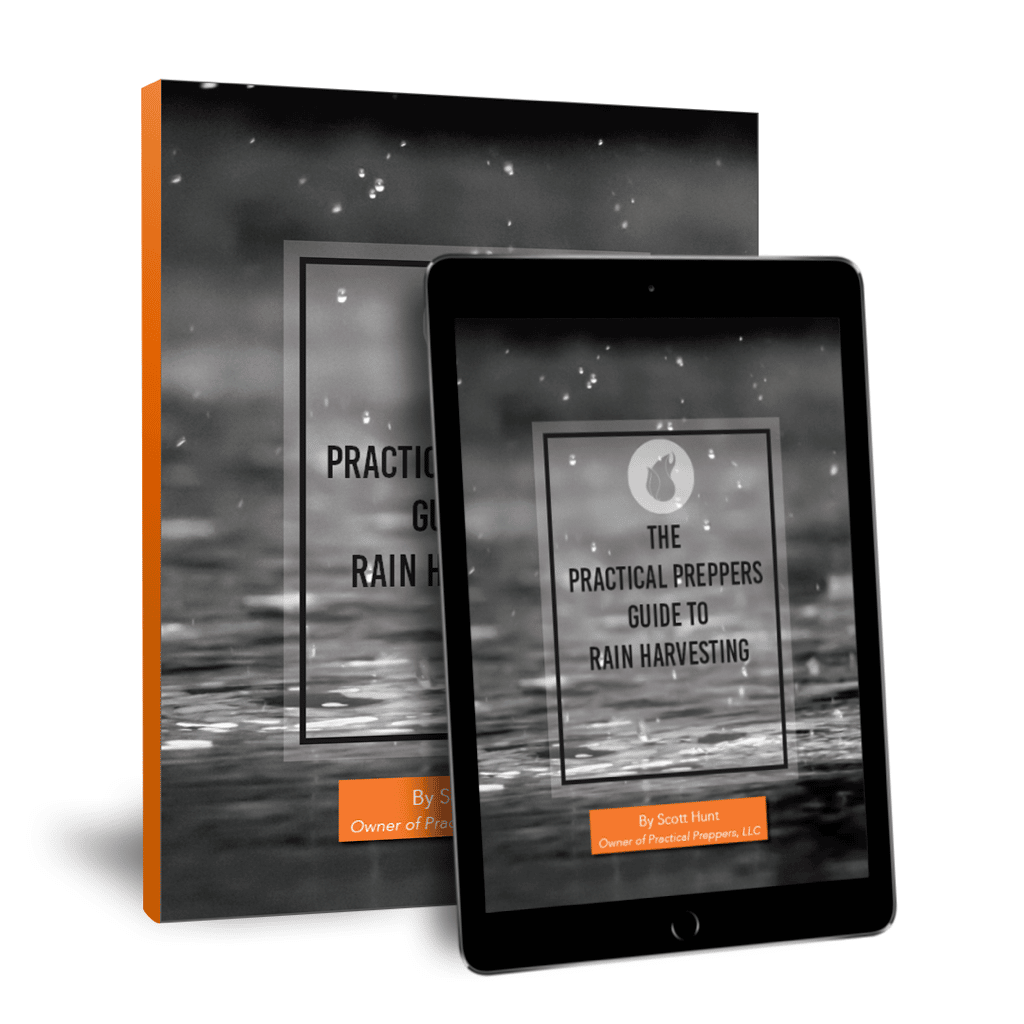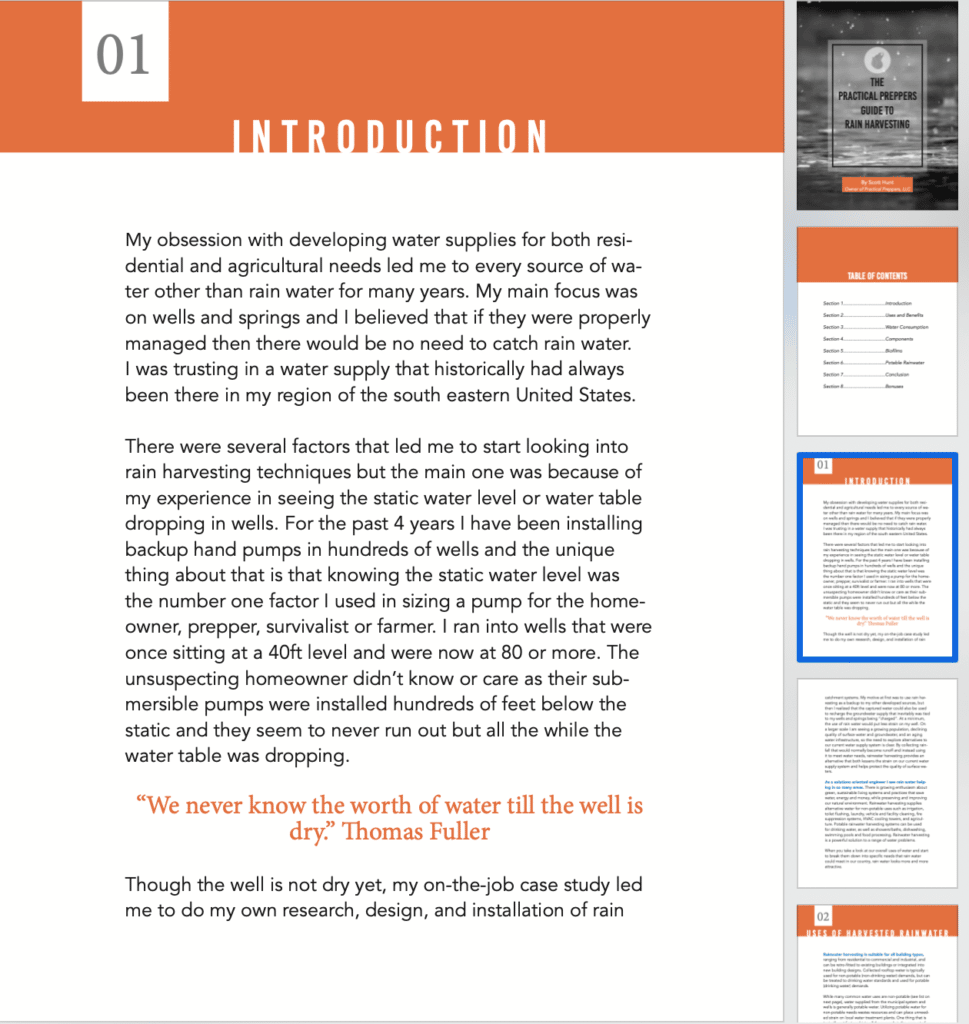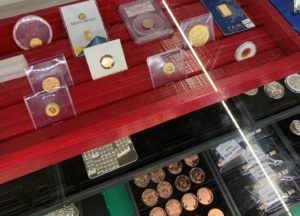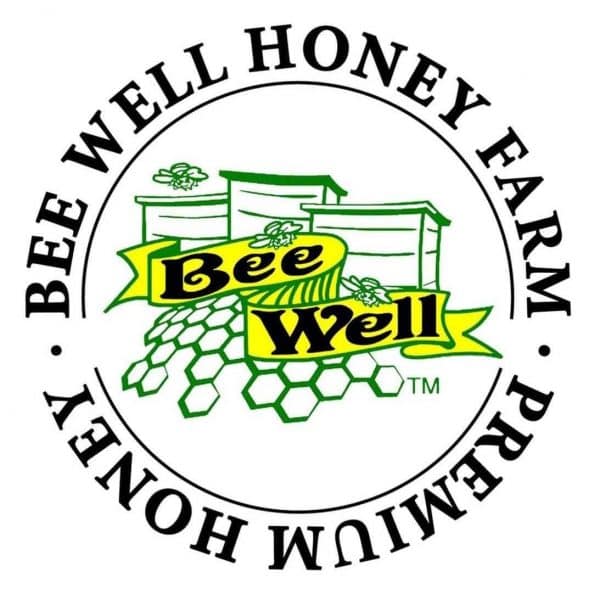Rainwater is an often overlooked and under-rated source of water. I have been obsessed with designing renewable water systems for years and it took me that long to see its value! I initially began to consider rainwater as a means to recharge my existing wells, but soon realized the greater potential in this water that was falling off of my roof.
Rainwater is valued for its purity and softness. It has a nearly neutral pH and is free from disinfection by-products, salts, minerals, and other natural and man-made contaminants. Plants thrive under irrigation with stored rainwater.
As a solutions oriented engineer I see rain water helping in so many areas. There is growing enthusiasm about green, sustainable living systems and practices that save water, energy and money, while preserving and improving our natural environment. In this short article, I’ll be going over the various potable (drinking water) and non-potable (non-drinking water) uses of harvested rainwater.
Recharging Wells/Springs
Not only can harvested rainwater serve as a backup to other developed water supplies, but it can also be used to recharge the groundwater supply that is tied to wells and springs being “charged”, putting less strain on an existing well.
Non-potable Uses
Utilizing potable water for non-potable needs wastes resources and can place unneeded strain on local water treatment plants. You can conserve potable water by using harvested rainwater to meet the following needs:
- Building washing/power washing
- Cooling towers
- Fire suppression
- Household cleaning
- Industrial processing
- Landscape irrigation
- Laundry washing
- Pool/pond filling
- Toilet flushing
- Vehicle washing
Potable Uses
From your rooftop to your drinking cup! Through a series of filters, rainwater can be converted into safe, clean, drinking water. Some potable uses of rainwater include:
- Drinking water
- Cooking
- Bathing
- Dish washing
Be sure to check out my post on the filtration layers needed to harvest both potable and non-potable water.
Conclusion
By collecting rainfall that would normally become runoff and instead using it to meet water needs, rainwater harvesting provides an alternative that both lessens the strain on our current water supply system and helps protect the quality of surface waters.
In my 37-page guide to rain harvesting, I go into more detail about the benefits of rainwater, water consumption, the components of a rain harvesting system, and more! You can download this guide as an e-book below. Let us know how you are using rainwater in the comments below!













